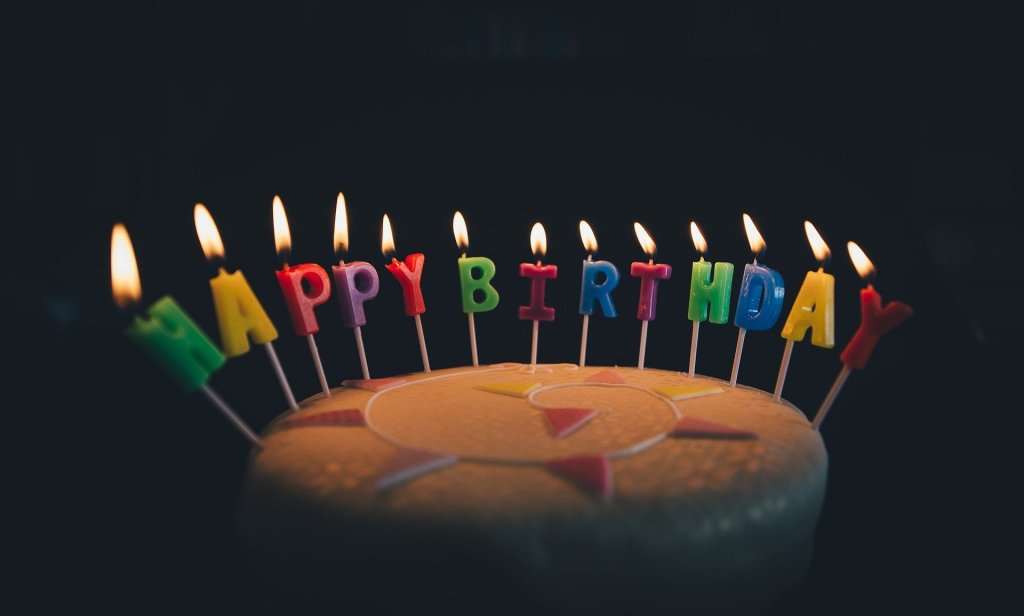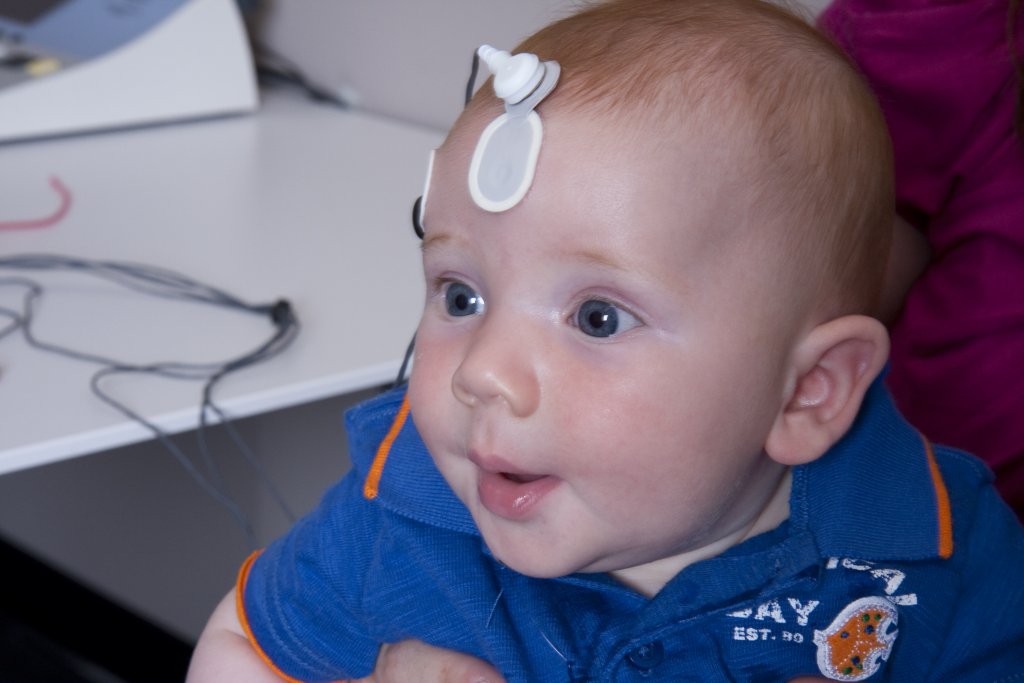Happy 20th Birthday for a Landmark Audiology Milestone in Canada
From the Labs to the Clinics
Renowned auditory researcher Dr. Robert Harrison brings us up to date on information and research from the Labs. Appropriately titled “From the Labs to the Clinics”, Bob is involved in laboratory and applied/clinical research, including evoked potential and otoacoustic emission studies and behavioural studies of speech and language development in children with cochlear implants. For a little insight into Bob’s interests outside the lab and the clinic, we invite you to climb aboard Bob’s Garden Railway.

I was invited last month to present two papers at a conference in Paris (France) held by ACFOS (Action Connaissance Formation pour la Surdité) a group concerned with understanding more about hearing loss in children. The conference focused on auditory neuropathy SD and congenital hearing loss.
In my column today I don't want to report on this conference, but more on what struck me personally as I listened to a young generation of hearing healthcare professionals and clinical researchers. My thoughts were about how far we have come in recent years in our diagnosis and treatment of hearing loss in children.
If there is one development in our field that will forever be a landmark event, it is newborn hearing screening. At the Paris conference, and now at almost every meeting relating to pediatric hearing loss, I hear research papers presented on early diagnosis of hearing loss, early intervention, and novel habilitation strategies. Nowadays this is all possible because of newborn hearing screening.

Those reading this with a memory dating back three or four decades will remember when the average time of identification of hearing loss was somewhere around the age of 2 years. Sometimes the hearing loss was not fully recognized until a child started school. Most often, a mild hearing loss was ignored (by most healthcare professionals) and even with moderate or more severe hearing loss there was usually no rush to intervention with hearing prostheses and/or special therapy.
Fast forward to today. Now, with infant hearing screening the detection, diagnosis, intervention, and habilitation is done with haste, and rightly so.
The introduction of early hearing screening was enabled by a convergence of a number of important factors:
- Basic neuroscience research gave us an understanding of the development of the brain, and that in early life there was maximum plasticity of the auditory system.
- Much research was being done on objective measures of hearing that would allow testing of babies for hearing loss. Much of the pioneering work was done on ABR recording but it soon became evident that otoacoustic emission testing was an ideal tool for screening; quick and easy to do.
- Cochlear implantation at an early age was established as an ideal intervention for the congenitally deaf child.
So all of these factors clearly demanded that we detect hearing loss as early as possible. Nowadays, across the world, most developed countries have newborn screening, but often not universal. Some developing countries have yet to establish programs, and regretfully many less developed countries have other more pressing priorities.
In Canada, and I will now recall the Ontario experience, the final goal of establishing the funding and system for newborn hearing screening was not without much hard work. It was essential to provide solid evidence that early detection and intervention was of benefit (a) to the child and (b) to society. These challenges required research and political (and backroom) lobbying of government.
Many of our audiology colleagues were front and centre in getting our screening system established and funded. At the risk of omitting many names, I do want to acknowledge a few key players. Andre Durieux-Smith (U Ottawa), Martyn Hyde, Krista Riko, Terry Picton (U of Toronto) and Richard Seewald (Western, London). These were, in my opinion, the most influential voices that enabled the screening system that we have today.
Today in 2020 we are at the 20th anniversary of the establishment of our newborn hearing screening. It was in 2000 that the Ontario government included in its budget, funding for a program of early identification and intervention of children with hearing loss. HAPPY BIRTHDAY!

